Spain is one of my favorite places, somewhere I return to over and over again. I particularly love the Sagrada Familia and the beachside tapas of Barcelona, the mountains of the Sierra Nevada, the chilled vibe of Malaga, and the cultural heritage of Granada and Cordoba.
 But Spain has a darker side.
But Spain has a darker side.
Bloody religious statues and relics fill the Catholic churches, resonant with the history of the Inquisition and the reign of Ferdinand and Isabella, who forced the Jews to convert, leave, or die. Their empire took the faith to Latin America in search of gold and converts … at any cost.
Much later, Spain suffered during the Spanish Civil War with torture, killings, and mob violence. The fight against fascism characterizes memorials around the country and still scars many of those left behind.
The deep religious and cultural history brings beauty in the strange and wonderful places that you can still visit and many writers find inspiration there. My ARKANE thriller, Gates of Hell, delves into sites related to Kabbalah and Jewish mysticism, while Dan Brown's latest novel, Origin, has scenes in Madrid, Seville, Barcelona and Bilbao.
So which of Spain's strange places should you visit?
1) Sagrada Família, Barcelona

The Sagrada Família church has been under construction for over 100 years. Begun in 1882, it's estimated to be finished in 2026.
Architect Antoni Gaudí scrapped the original plans for a neo-Gothic cathedral and turned the building into a monument to Modernism. Only 15-25% of the building work was finished when he died in 1926 but his vision lives on. Two of its three major façades have been finished (the Passion and the Nativity). Work only began on the Glory façade in 2002.
The church is famous for its incredible stained glass windows and awe-inspiring towers. Inside, a forest of columns stretches into the gloom above. It really is jaw-dropping and a must visit if you're in Spain. The Sagrada Familia proved an ideal location for one scene in Gates of Hell. Click here for more of my pictures from Barcelona. Here are Morgan Sierra's thoughts on entering the church.
“An elvish kingdom, a fantasy forest of marble pillars rose from the floor separating into branches that supported the high coffered ceiling in Gaudí's unique design. The impression was organic, as if the earth had grown up into this space, reaching to meet high above them in a forest canopy.
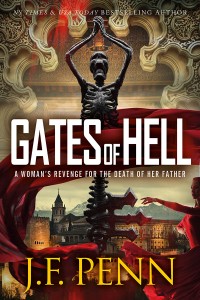
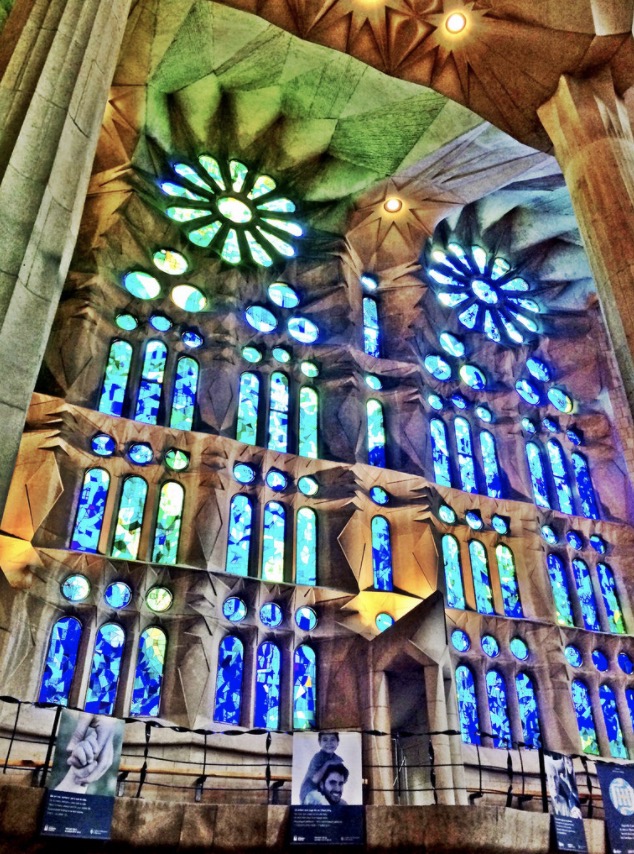
Those who worshipped the pagan gods of nature would feel at home here. The only obvious nod to Christianity was the figure of Christ on the cross under a parachute above the simple altar. But it was dwarfed by the sheer overwhelming beauty of the stone trunks and intricate design of the basilica, lifting the worshippers' spirits above their earthly pain.”
Excerpt from Gates of Hell, Chapter 6.
2) Museo de las Brujas, Zugarramurdi
Apart from the Museum of Witchcraft and Magic in Cornwall, there aren’t many witchcraft museums. But many consider the small town of Zugarramurdi in the Navarre region the centre of witchcraft in the nation’s history. The Museo de las Brujas takes visitors back to the Inquisition, one of Spain’s bloodiest periods.
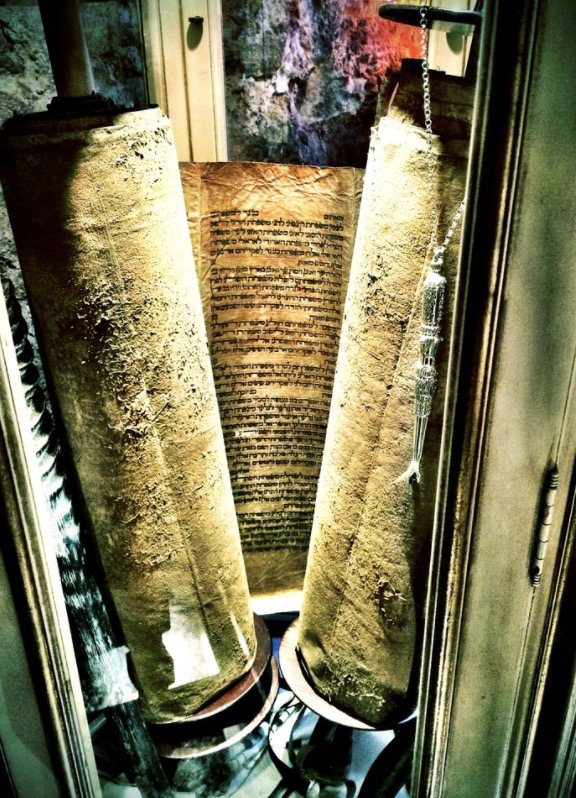
Monarchs Ferdinand and Isabella established the Spanish Inquisition in 1478. Heretics formed the original focus, rooting out spies among apparent converts from Islam and Judaism. In 1610, the Inquisition arrived in Zugarramurdi to investigate rumours of witchcraft. Officials tried over 7,000 people and found 53 guilty. Many now condemn the atrocities of the Inquisition, recognising the ‘witchcraft' as being simple folk medicine.
Located in a disused hospital, you can explore occult myths and legends surrounding the town. The museum aims to dispel the myths and misconceptions around witches. Exhibitions explore herbal remedies to explain how some may have confused them with witchcraft. The town celebrates the summer solstice in nearby caves and the Witch Museum takes part in the festivities.
3) Cave of the Moon, Titulcia
Titulcia lies to the south-east of Madrid, home to a bizarre underground world. Restaurant owner Armando Rico discovered the subterranean complex in 1952. The archways, medieval art and plasterwork show potential Renaissance origins, but no one knows who built the catacombs – or why.
Tunnels link a series of domed chambers where symbols cover the walls. German researchers in the 1970s thought the tunnels may have been a meeting place for the Knights Templar. It derives its name, the Cave of the Moon, from the fact some believe the central vault represents the full moon.
But researchers also found Celtic, Roman, and other medieval remains in the cave. Some visitors believe it holds psychic power while Rico believes it to represent the Earth and the moon. If you want to explore for yourself, you'll need permission from Rico to enter through his restaurant.
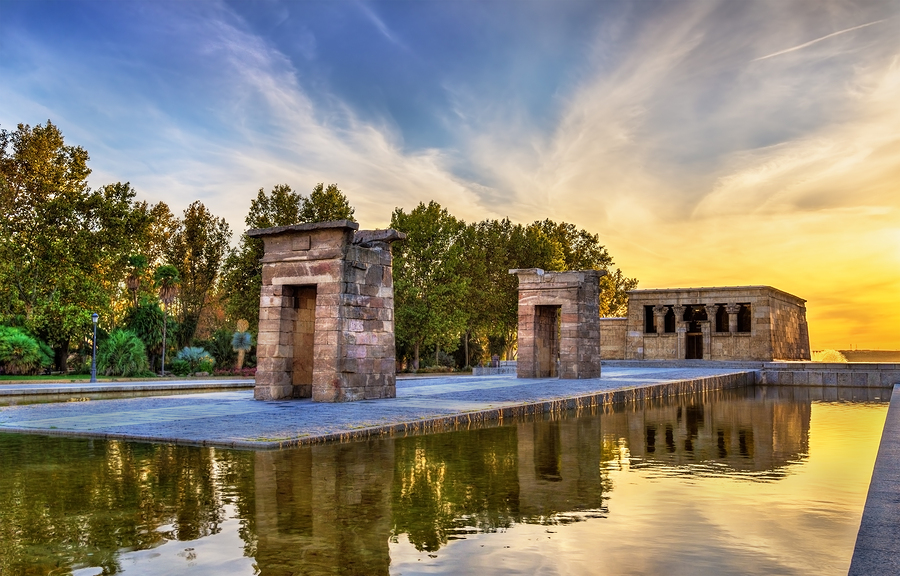
4) The Temple of Debod, Madrid
As weird places go, you can’t improve on an Egyptian temple in a Madrid park. Yet that’s what you can see in the Parque de la Montaña.
Many historical sites faced destruction during the construction of the Aswan Dam. The Spanish government helped saved some of these sites, including the Abu Simbel temples which appear in ARKANE thriller Ark of Blood.
Egyptian authorities gifted the 4th century BC Temple of Debod to Spain as a thank you. The single-room temple stood in the Nile Valley near the temple complex of Philae, used to worship the goddess Isis. Specialists dismantled the temple and shipped it to Spain in 1968. The site proves a popular attraction for photographers at sunset!
5) Gernika (or Guernica)

Guernica stands for devastation and loss in the annals of European history, made famous by the Picasso painting of the same name.
German forces targeted the old city during the first aerial bomb attacks on civilians and the rebuilt city now houses a Peace Museum. The museum tells the story of the 1937 bombing alongside other war atrocities, and explores conflict resolution and human rights.
The original Picasso painting now rests in the Museo Nacional Centro de Arte Reina Sofía in Madrid, and a tapestry version of it hangs in the United Nations Headquarters in New York, at the entrance to the Security Council room. A reminder of the horrors of war.
6) Montjuïc Cemetery, Barcelona
No article on weird places to see in Spain would be complete without a graveyard. You don't imagine the dead needing a good view, but they have one anyway in Barcelona's Montjuïc Cemetery. High on the hill overlooking the city, the cemetery opened in 1883. Its 57 acres have seen over one million burials across 150,000 plots and cremation niches.
Much like the city itself, the cemetery boasts monuments in classic, Gothic, Art Nouveau and Modernisme design styles. Surrealist artist Joan Miró rests here.
There's a Roman crematorium at the top of the cemetery, while el Fossar de la Pedrera lies to the west. This silent area, the Grave of the Quarry, is the resting place of around 4,000 people executed by the Franco regime. If you want to see the whole park, it can take over 3 hours to walk around it.
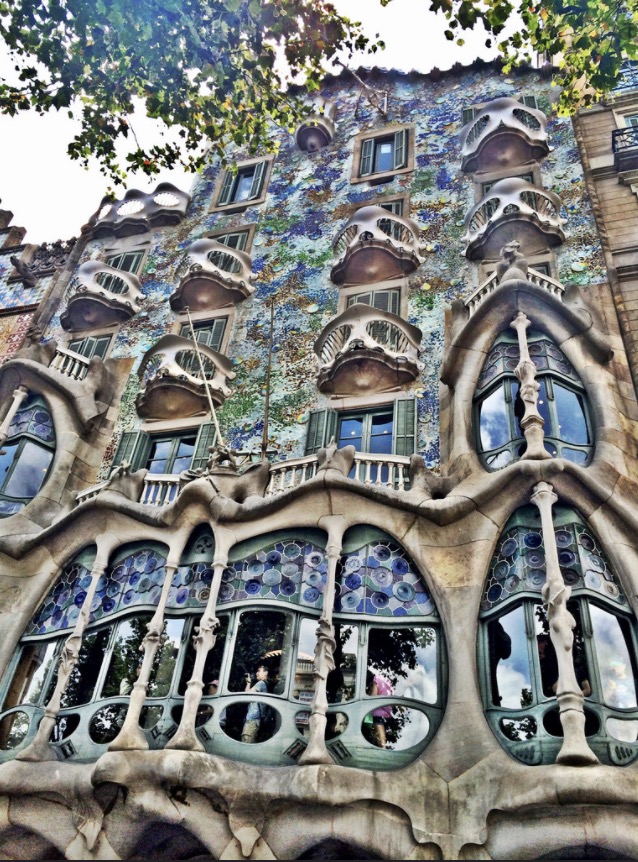
7) Casa Batlló, Barcelona
You can’t miss the influence of Antoni Gaudí around Barcelona–he’s the king of weird sculpture and architecture in Spain. The Casa Batlló is one of the more obvious examples. The architect re-designed the facade and the interior of the building for the wealthy Batlló family.
Sometimes called the House of Bones, the lower floors resemble a giant ribcage. The exterior decoration further up the facade looks more like blood vessels. Many compare the ridged, undulating roofline to the back of a dragon.
If you enjoy his work, take a trip to the Park Güell overlooking the city. Gaudí’s former home in the park is now a museum, and you can’t miss its shocking pink exterior.
8) Museo Lara, Ronda
This private museum is one of the best weird places to see in Spain. Founded by Juan Antonio Lara Jury, the museum displays his vast collections. You'll see anything from vintage typewriters to old watches, handguns and microscopes.
But the Museo Lara is also home to the second Spanish Inquisition connection on this list. The cellar contains exhibits about the Inquisition and witchcraft. It includes torture equipment, mannequins in historical costume, and crazy taxidermy including a tarantula with the head of a bat. Perfect if you’re fascinated by the occult and the macabre.
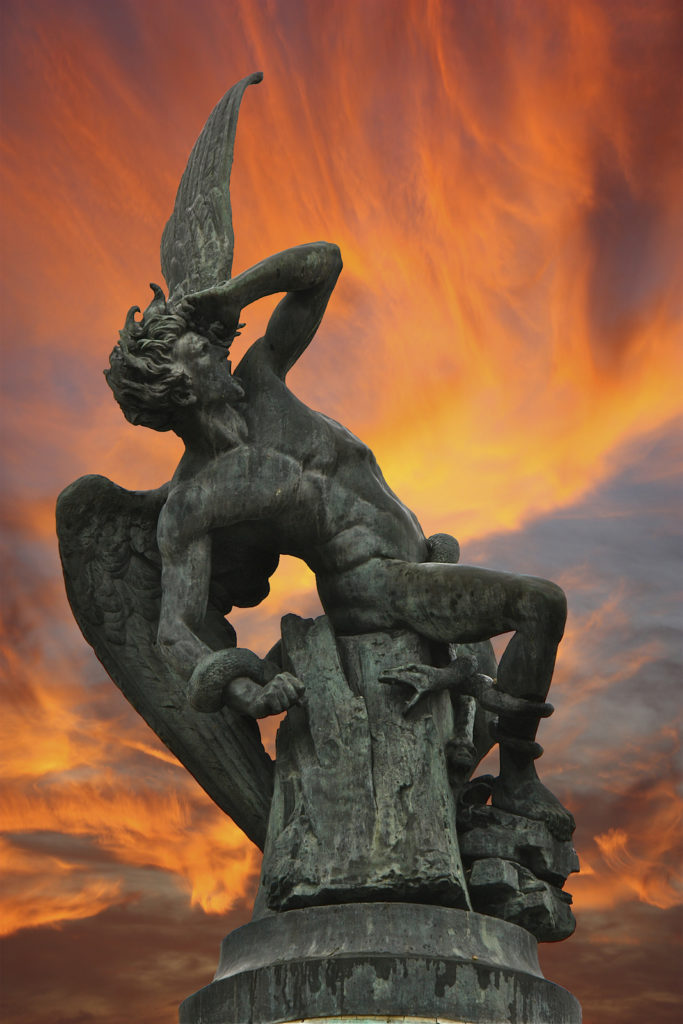
9) Monumento del Angel Caido, Madrid
Cemeteries and parks play host to thousands of carved angels, but few focus on the fallen angel, Lucifer – except the Parque del Retiro.
Created in plaster in 1877, the sculptor drew inspiration from the Fallen Angel as he appears in John Milton’s Paradise Lost. The statue won a prize during the National Exhibition of Fine Arts.
The recast bronze version became part of a fountain where devils form waterspouts. Inaugurated in 1885, the statue divided opinion. Many hated Satan’s beautiful appearance though critics appreciated the technical skill behind its creation. It stands at 666 metres above sea level.
10) Capilla Real de Granada
Catholic churches often have fascinating icons, depictions of saints and the method of their martyrdom. The Royal Chapel of Granada features some of the most bloody and explicit scenes I've seen in my travels around the world, perhaps appropriate since the monarchs buried there, Ferdinand and Isabella, presided over some of the most brutal times of Spain's religious history. Gruesome stuff!
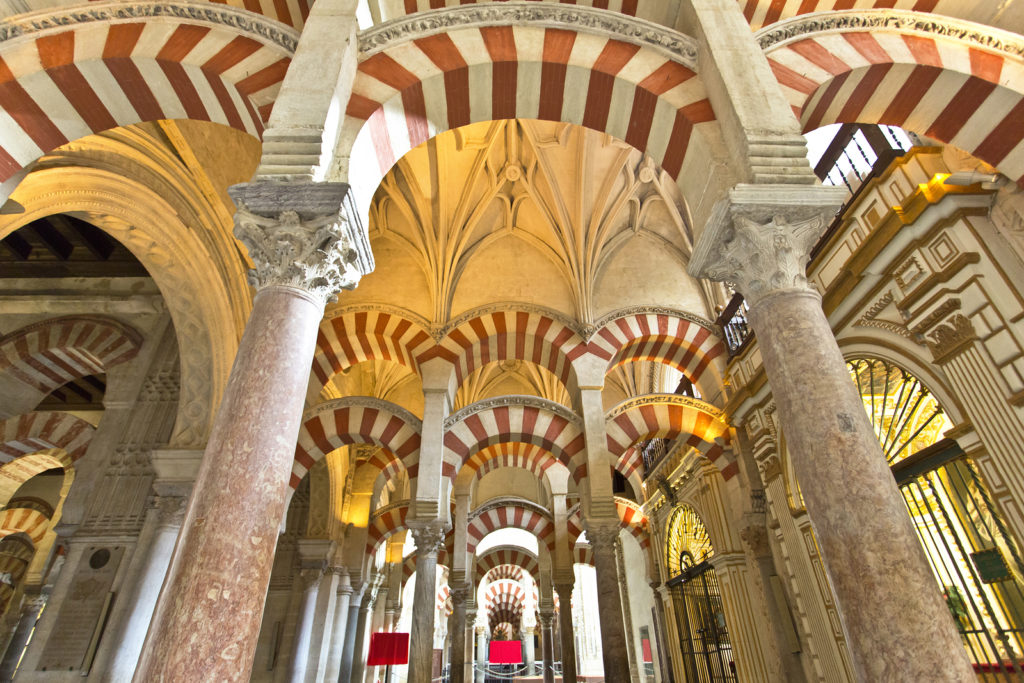
12) Mezquita, Córdoba
This incredible building combines the beauty of Moorish architecture in the red and white archways with the ornate chapels and altars of the Catholic cathedral.
Córdoba was a hub of learning during the Caliphate over a thousand years ago, famous for the books collected by its knowledge-hungry rulers. Baghdad and the East were far in advance of Europe then, inventing the Arabic numerals and algebra still used today, along with decimal notation and the zero. The Mezquita was a mosque and later became a Christian cathedral during the Reconquista.
There are 856 columns inside, some of which become clues in Gates of Hell based on a Kabbalistic code that lead Morgan and Jake on to further adventures.
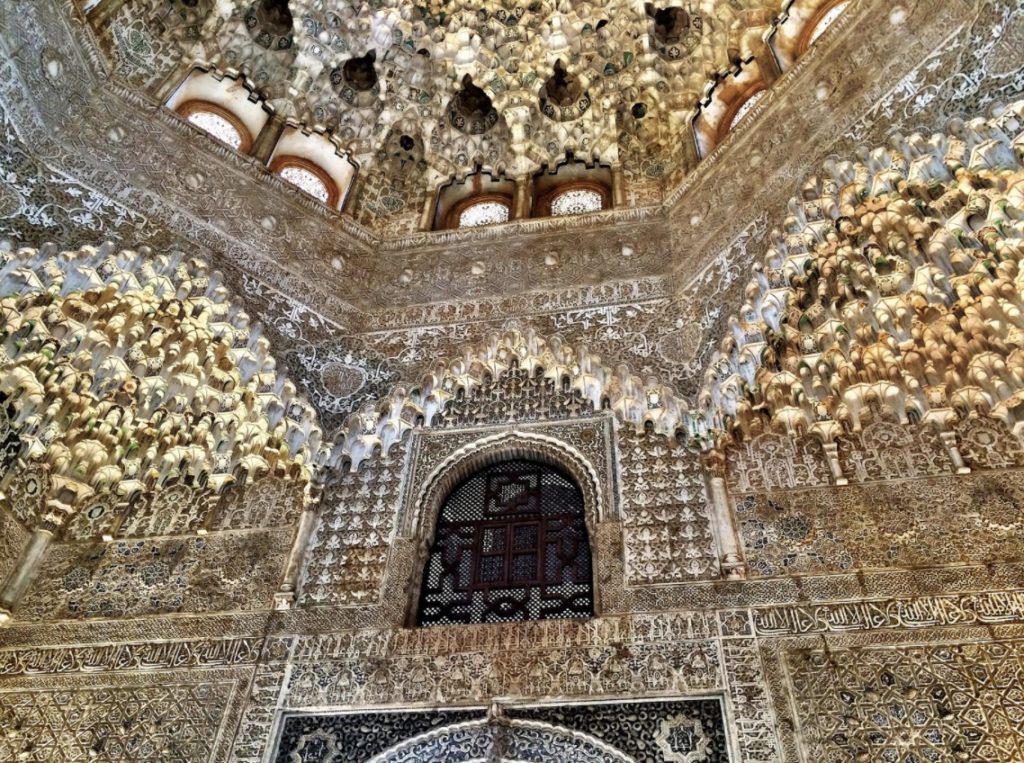
13) The Alhambra, Granada
With a name loosely translated as ‘the red one', the Alhambra contains stunning examples of Moorish architecture with a fantastical palace of courtyards inside the Nazrid Palace. Intricate geometric designs and Arabic calligraphy line the walls and the Court of the Lions seems to defy gravity with its slender columns and water features.
Book your slot early if you want to visit and try to avoid the crowds! More of my pictures of the Alhambra and Andalucia here.
14) Monastery of St Geronimo, Granada
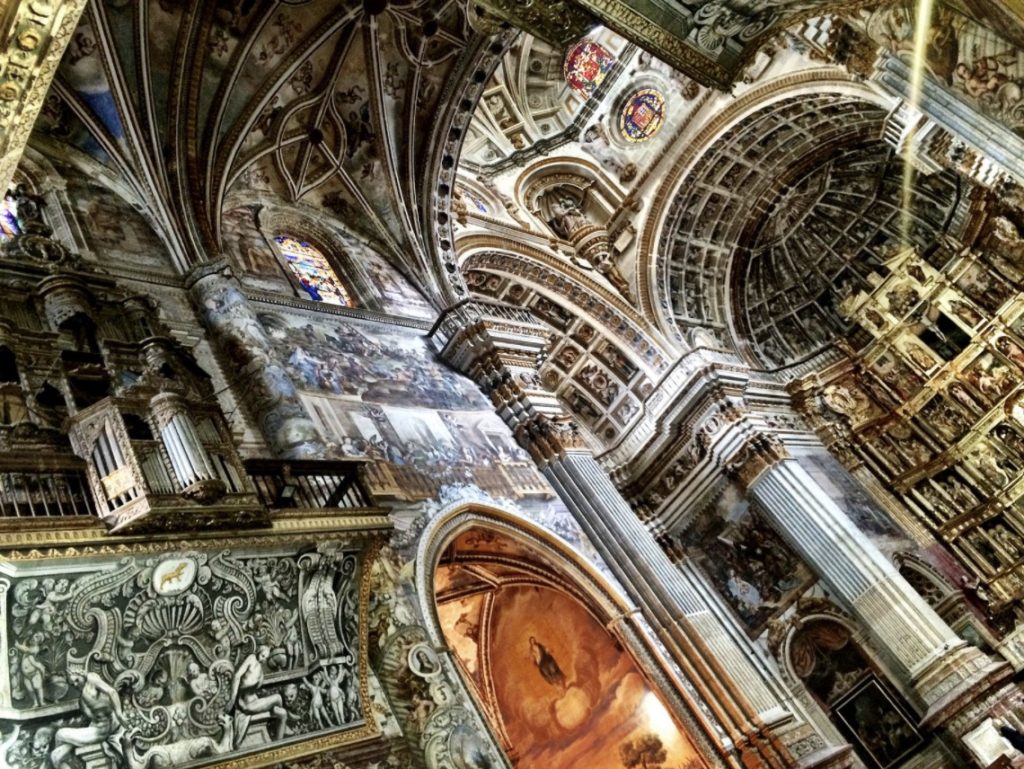
This monastery is off the tourist beaten track and rewards visitors with a stunning chapel interior. You almost get vertigo staring up into the myriad vaults, all richly decorated.
There are also some freaky-looking relics and icons in the side chapels. Well worth a visit!
So these are some of my picks for weird and wonderful Spain – no doubt I'll add some more on the next trip! Happy travels.
